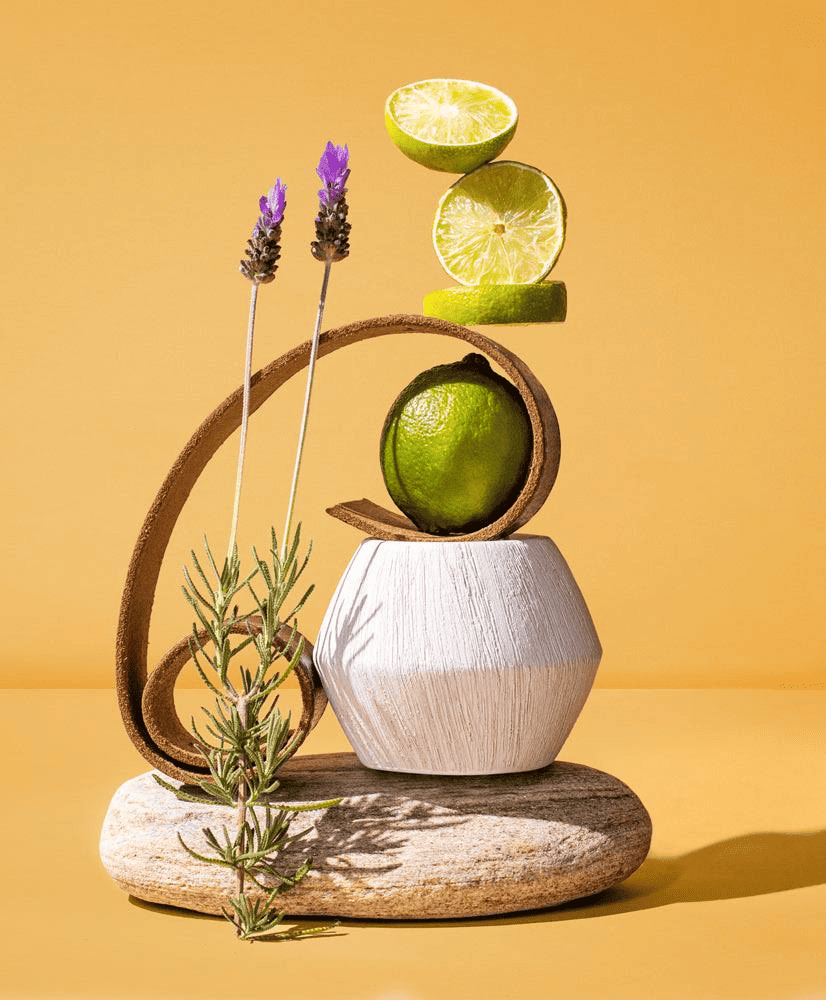Interior design is not just about aesthetics; it is also about creating spaces that promote relaxation, wellbeing, and balance. In recent years, there has been a growing trend in incorporating aromatherapy into interior design to create spaces that not only look beautiful but also engage the senses and enhance the overall atmosphere. Aromatherapy, the therapeutic use of essential oils, has long been valued for its ability to promote relaxation, reduce stress, and improve mood. By integrating aromatherapy into interior design, we are able to create spaces that not only look visually appealing but also have a positive impact on the wellbeing of those who inhabit them. Read on to discover the perfect fusion of aromatherapy and interior design in creating relaxing spaces.
Understanding Aromatherapy:
Aromatherapy, a holistic practice dating back centuries, utilizes the power of scents derived from natural plant extracts to influence mood, promote relaxation, alleviate stress, and enhance overall wellness. Whether it is through inhalation or absorption, essential oils are carefully selected and diffused to evoke specific emotions or sensations, providing a multitude of benefits for physical, mental, and emotional well-being.
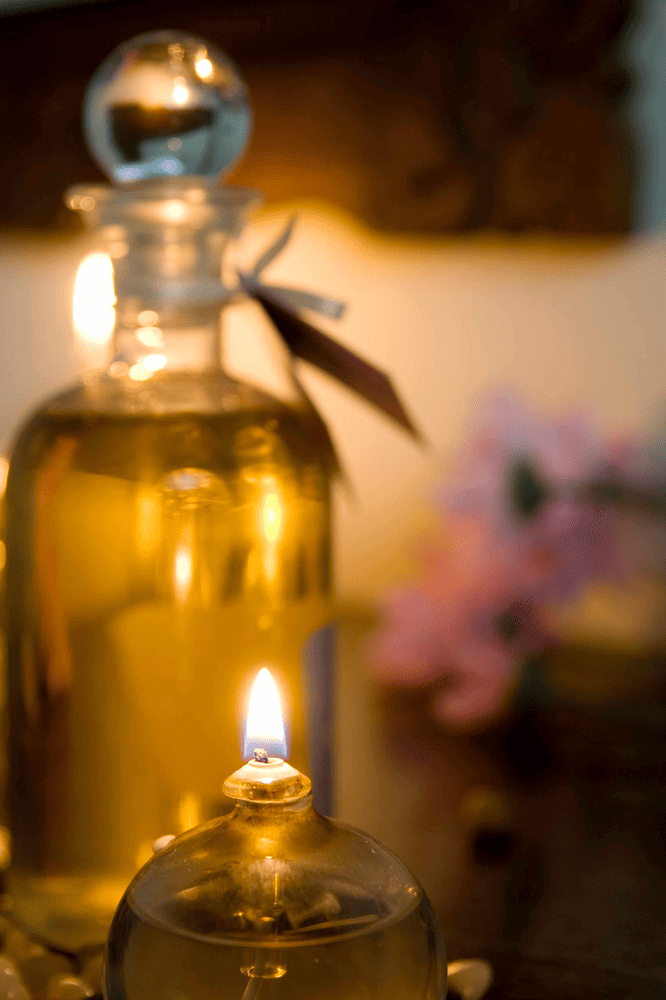
Creating Serene Spaces:
Interior design plays a pivotal role in creating spaces that align with our desired emotional state. By thoughtfully incorporating aromatherapy into our design plans, we can enhance the ambiance of our surroundings while benefiting from the therapeutic properties of essential oils. Here are several ways interior design and aromatherapy can be synergistically intertwined:
1. Scented Candles and Essential Oil
The art of interior design encompasses not only visual appeal but also delighting other senses.
Scented candles and diffusers, strategically placed throughout your home, can disperse calming scents to induce relaxation. Lavender,
bergamot, and chamomile are popular choices for stress relief, while eucalyptus and peppermint can invigorate and promote mental clarity.
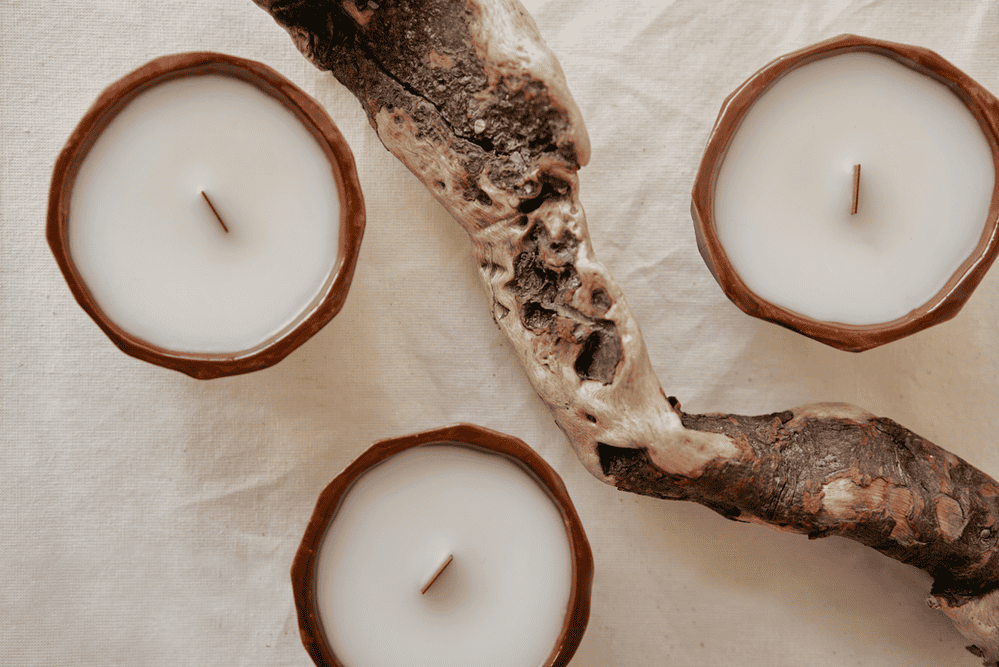
2. Mindful Color Palettes:
Colors have a profound impact on our moods and emotions. By selecting colors that complement specific aromatherapy scents, you can reinforce the desired effect. For example, earthy tones like greens and browns harmonize well with woody scents, while cooler blues and grays can enhance a calming environment.
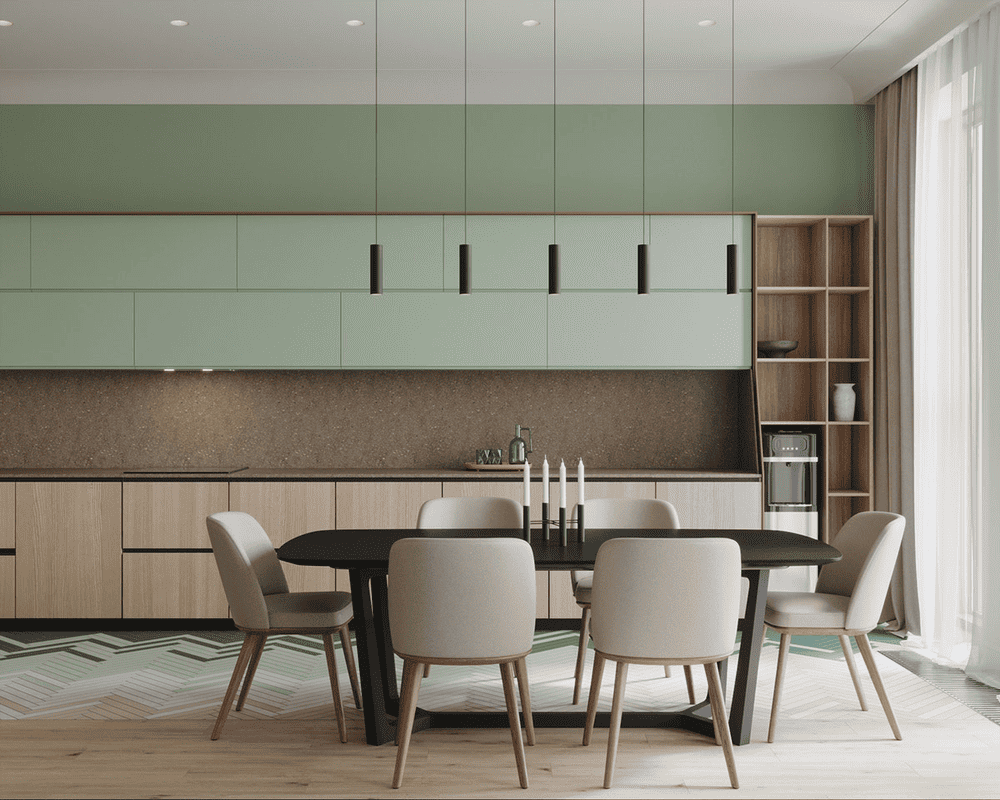
3. Natural Materials and Textures:
Embracing natural materials and textures in your interior design can elevate the experience of aromatherapy. Incorporating elements such as wooden furniture, stone accents, or organic fabrics creates a connection with nature, enhancing the overall calming effect. These materials also have the added benefit of absorbing and diffusing essential oils more effectively.
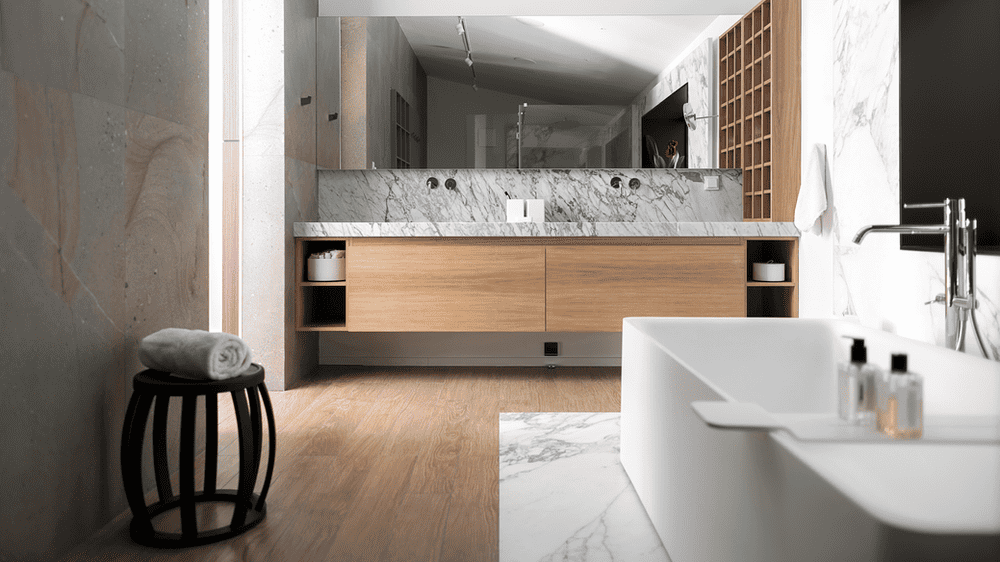
4. Personalized Diffusing Zones:
Designing specific areas within your home dedicated to aromatherapy can create a tranquil oasis. By incorporating diffusing zones in bedrooms, relaxation areas, or reading nooks, you can personalize the scents and create tailored experiences to suit your mood or needs.
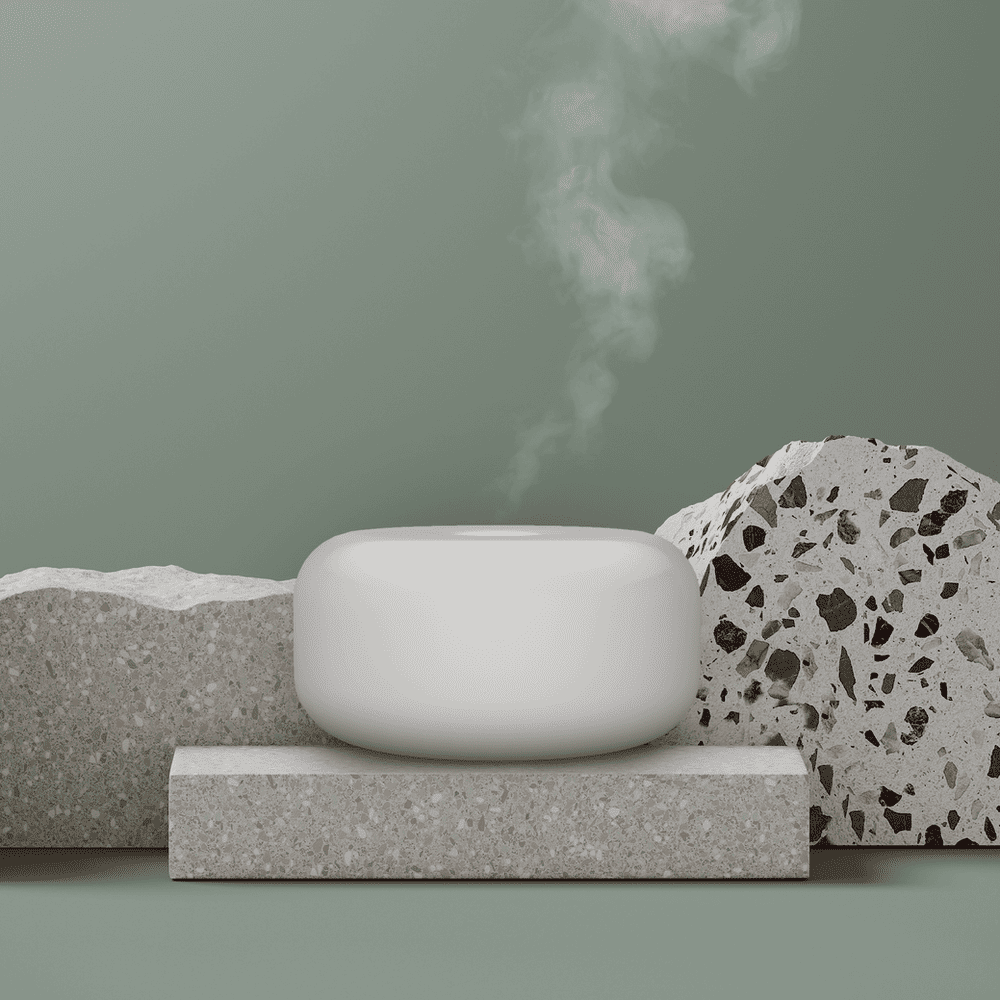
Conclusion:
Interior design and aromatherapy are two remarkable practices that have the power to transform our living-spaces into havens of relaxation, rejuvenation, and well-being. By thoughtfully integrating scents derived from natural essential oils into our design plans, we can enhance the ambiance of our environments and create a sanctuary-like retreat that promotes tranquility and comfort. So, whether you seek a serene bedroom, a zen-like living room, or a stress-free workspace, remember the harmonious synergy of interior design and aromatherapy can help you achieve interior spaces that have a positive impact on your physical, mental, and emotional health.
